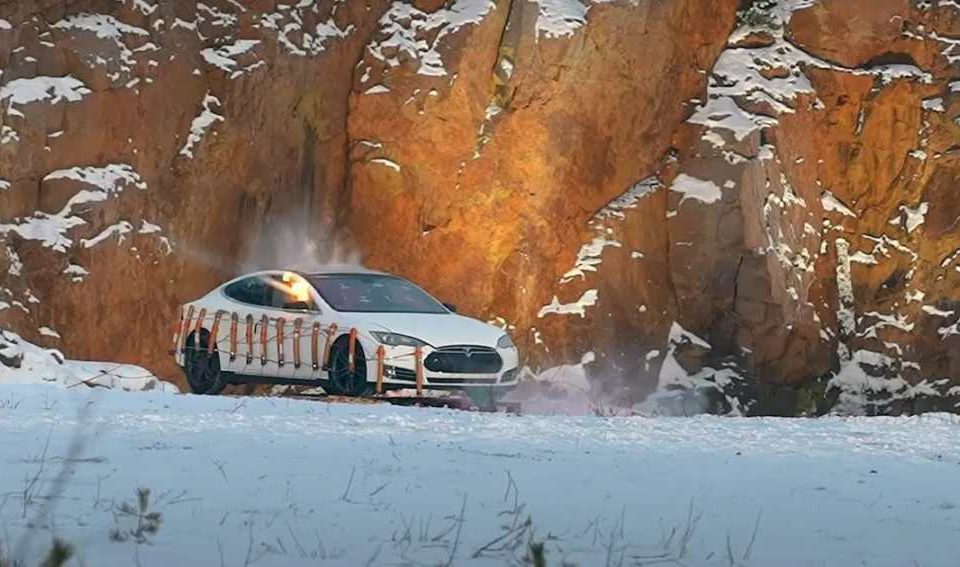World Street Journal
Scientists said the embryo inside the egg, which was laid between 72 million to 66 million years ago during the Late Cretaceous period, was that of a two-legged, feathered carnivore known as an oviraptorid.
A rare look inside a fossilized dinosaur egg found in southern China has revealed an exquisitely preserved embryo—and evidence suggesting that some of these prehistoric creatures had even more in common with modern birds than previously thought.
Scientists said the embryo inside the egg, which was laid between 72 million to 66 million years ago during the Late Cretaceous period, was that of a two-legged, feathered carnivore known as an oviraptorid. They said, in a paper about the discovery published Tuesday in the journal iScience, the embryo’s curled body position—with its back against the blunt end of the 7-inch-long egg and its head between its legs—resembles that of bird embryos.
“This posture was previously not recognized in any dinosaur embryo,” said Fion Waisum Ma, a vertebrate paleontologist at the University of Birmingham in England and a co-author of the paper. She said the posture suggests that the embryo had assumed a tucked position before hatching—a behavior previously thought unique to birds.
She called the newly described specimen “one of the best preserved dinosaur embryos ever found.”
In birds, tucking leaves the embryo with its right wing over its head and its beak pointing toward an air space at the egg’s blunt end. That orientation helps direct the hatchling’s head as it uses its beak to crack the eggshell and emerge.
“Failure to attain this posture would increase the chance of death, as the bird is less likely to break out of the egg successfully,” Ms. Ma said.
An inspection of the oviraptorid egg showed what appeared to be an air space between the embryo’s spine and the egg’s blunt end, according to the researchers.
The specimen was among several fossils discovered about two decades ago in the Chinese city of Ganzhou but not recognized to be fossilized dinosaur eggs until 2015, when evaluated by an expert. A close examination of one of the eggs, which had fossilized after breaking, showed that it held the preserved oviraptorid embryo.
Paleontologists often use computed tomography, or CT, to examine fossils’ interiors. But Ms. Ma said that when the researchers scanned the fossilized embryo, “the results weren’t that great.” So the scientists carefully eyeballed the specimen and then created photorealistic reconstructions of the embryo inside the egg.



Connect with us on our socials: